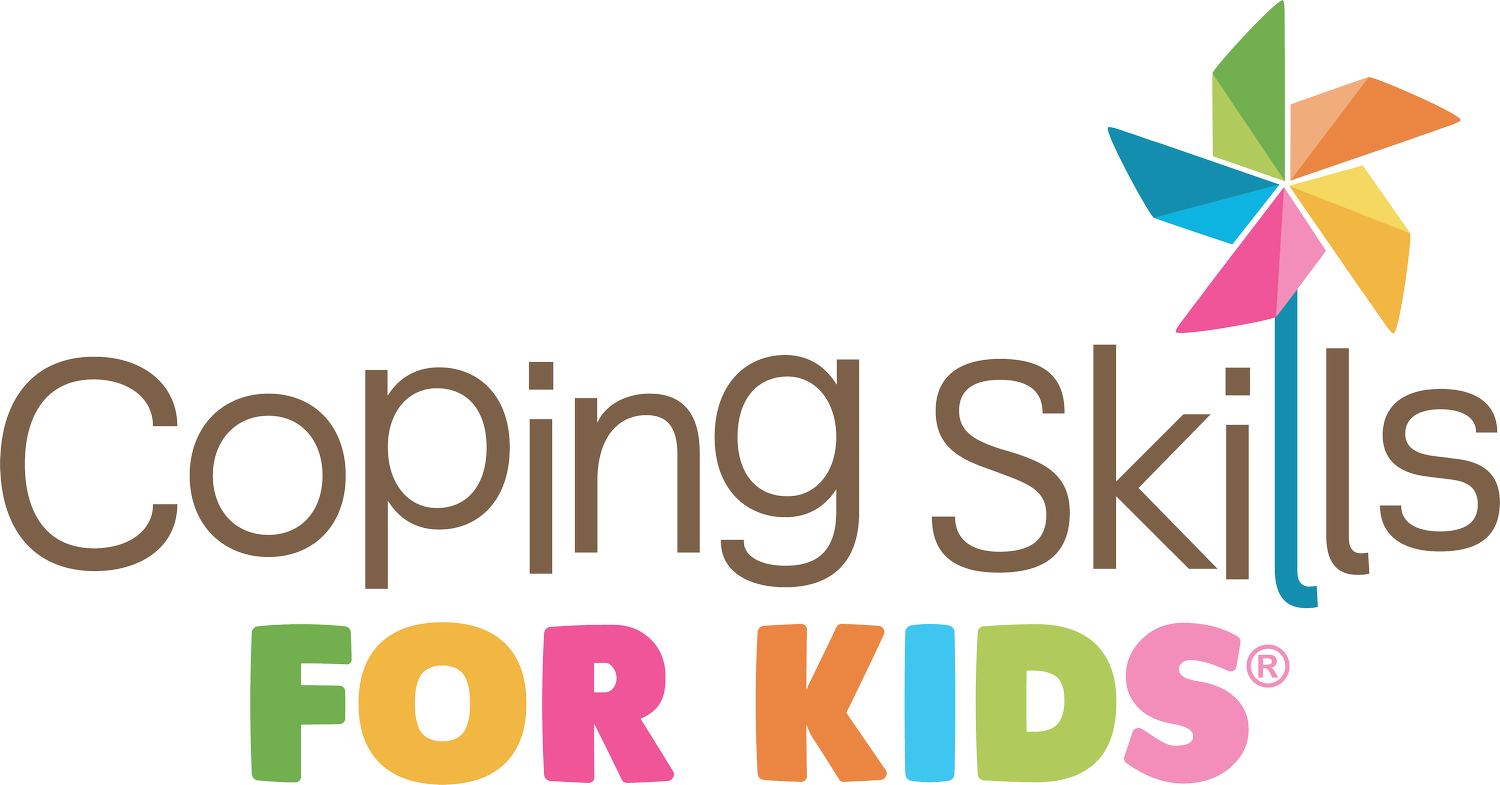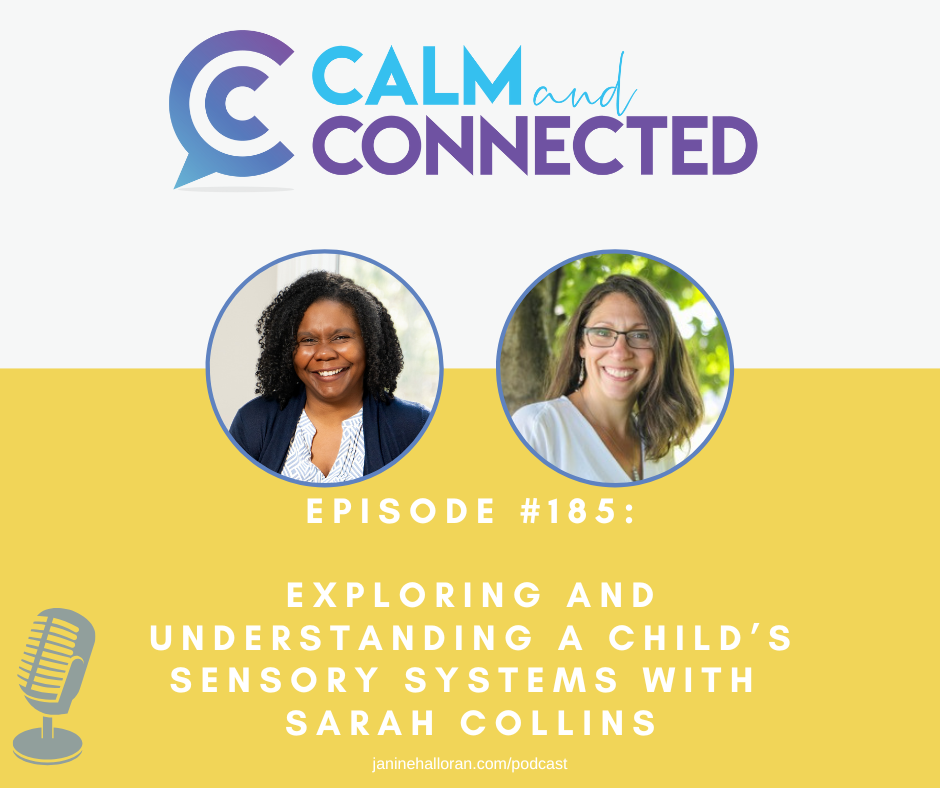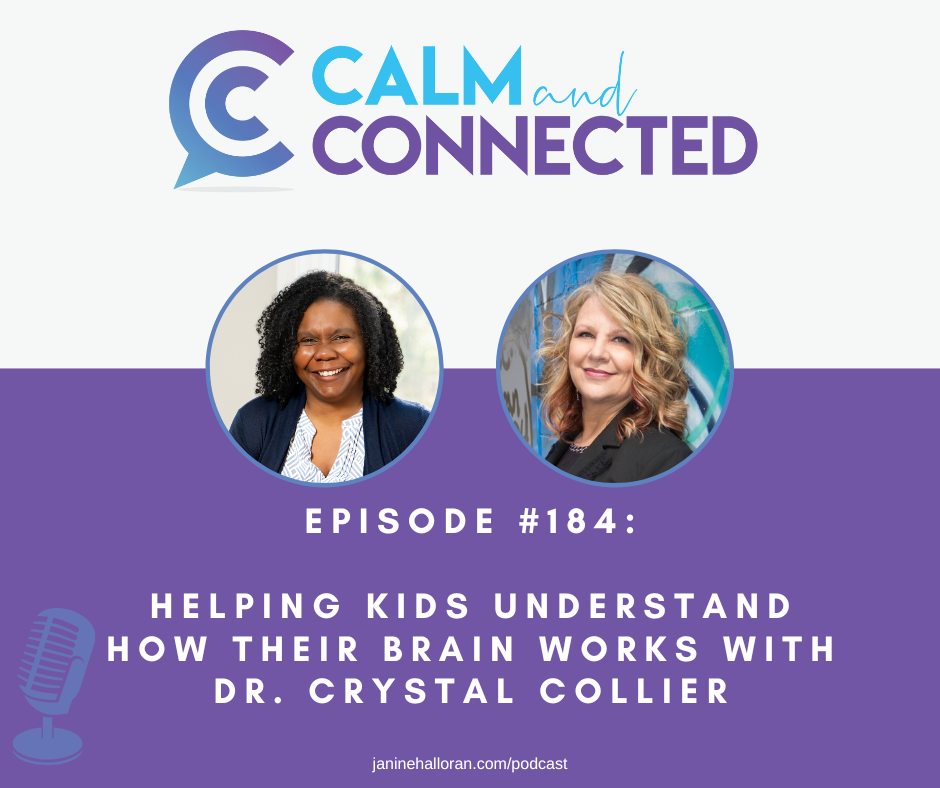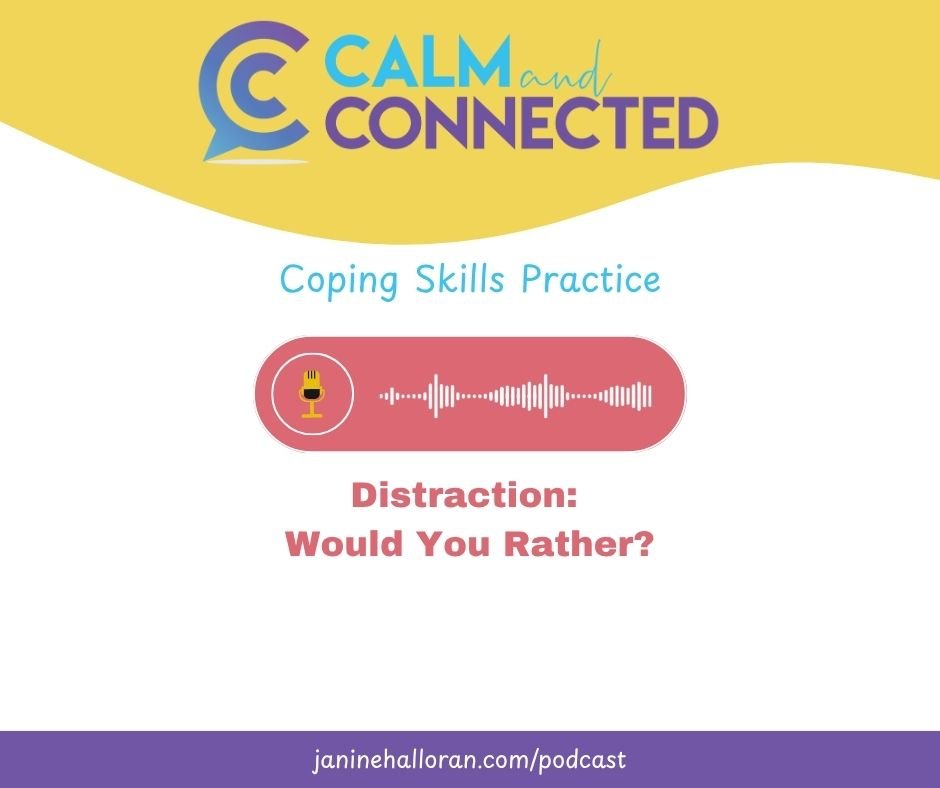Inside: 10+ Strategies you can use today to help an angry child cool down and diffuse anger quickly.
Your son and daughter have been playing together while you get dinner ready.
Your daughter says joyfully “Connect 4!” as she wins the 3rd game in a row. And then it begins. Your son growls, and yells “You’re cheating!” then knocks the game off the table.
He continues yelling “It’s not fair! You’re not playing right! You’re cheating” as his face gets red and he looks like he’s ready to punch someone.
What can you do to help?
Take a deep breath yourself
We as the adults need to be able to keep our own emotions under control. Our emotional displays set the tone for our house and for interactions at school. Think of yourself as a thermostat, setting the tone and temperature of interactions in your home, instead of being a thermometer, which changes depending on the temperature.
Keep a calm even tone when talking
Keep your words short and simple. When kids are flooded with that much emotion, they can’t hear you so well. it isn’t the time to have a conversation about what caused the anger, or ask them to get into a deep conversation. Your focus at this point should be de-escalation. That way you can eventually get the child to a point where you can talk and understand what happened.
Everyone Freeze
When you walk into a situation where feelings are heightened and there are potentially dangerous things happening (throwing items or breaking things) tell everyone to freeze. That way you can get a better read on what’s going on, and hopefully have the child who is having a hard time stop in their tracks.
Change the Environment
If possible, change where you are. Making that change can help signal to a child that the experience of what made them mad is over, and it’s time to start calming down. Getting out of the environment where the angry outburst happened can feel better for kids and can help them start down the path to cooling off.
Wall Push Ups
Getting anger out in safe ways can be a challenge. When a kid’s muscles are full of energy because of all that adrenaline, it’s got to get out. Tell them to do wall push ups to help get that angry energy moving out of their body
Cold Drink of Water
Especially when kids have gotten really angry, they feel hot, they may be sweaty or, if they were yelling, their throat may be sore. Getting a cold drink can help kids relax and cool their bodies down.
Rip Up Paper
Give kids access to paper that can be ripped, and let them rip and rip and rip. It’s another way to help them channel their angry feelings in a less destructive manner.
Squeeze play dough
When kids are so angry, sometimes squeezing play dough, having it squish through their fists over and over can help them cool down.
Do a Hook Up
Put your arms straight out in front of you, palms facing out.
Put one hand over the other at the wrists and interlace your fingers.
Swoop your hands and arms toward your body and then place your interlaced hands on your chest.
Cross your feet at the ankles and put your tongue on the roof of your mouth.
Stay still for one minute.
Write what’s bothering you and throw it away
Have kids write down what happened that made them so angry. Or, if they aren’t able to do that, have them draw it. Or you can write it out for them if they’re still too angry. Then have the child crumple up the paper - or rip it up - and symbolically throw it away.
To punch or not to punch a pillow?
There has been some controversy about whether or not kids should punch something when they feel angry. In fact, there have been some articles circulating about NOT encouraging your kids to punch a pillow when they’re angry. But I’m not convinced that getting rid of this way of coping is the best approach. From my point of view, punching a pillow is just another coping skill that works for some kids, and doesn’t work for others. The way you know is the same way you know if any coping skill works for your child - try it!
If your child tries punching a pillow and you notice that your child is continuing to escalate, or that your child’s anger is not dissipating - don’t use that coping skill. But if you notice that it does work to get that anger out, and your child makes a better choice by choosing to punch a pillow instead punching another family member, great!
You take a deep breath, keep your tone even and say “Everyone Freeze”. Thankfully, they both stop in their tracks. You ask your daughter to go set the table and you say to your son “Let’s go to the hallway so you can do some wall push ups”. He’s still angry, but he walks out of the room with you.













